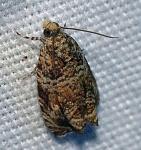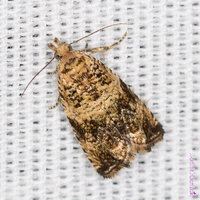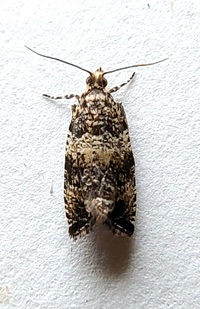
| Recorded by: Mark Basinger on 2025-10-04
Rowan Co.
Comment: | 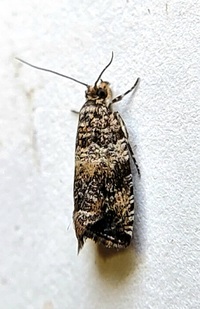
| Recorded by: Mark Basinger on 2025-10-04
Rowan Co.
Comment: |
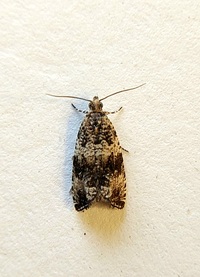
| Recorded by: Mark Basinger on 2025-10-03
Richmond Co.
Comment: | 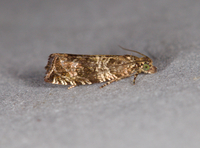
| Recorded by: Jim Petranka, Marilyn Westphal and Becky Elkin. on 2025-08-17
Henderson Co.
Comment: |
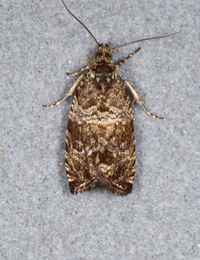
| Recorded by: Jim Petranka, Marilyn Westphal and Becky Elkin. on 2025-08-17
Henderson Co.
Comment: | 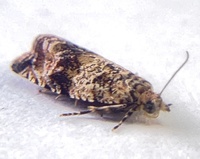
| Recorded by: Ken Kneidel on 2025-07-21
Mecklenburg Co.
Comment: |
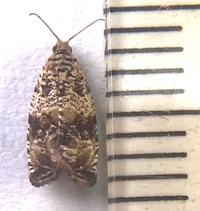
| Recorded by: Ken Kneidel on 2025-07-21
Mecklenburg Co.
Comment: | 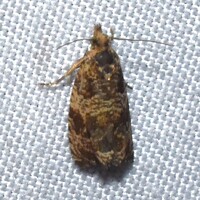
| Recorded by: Jeff Niznik, David George, Rob Van Epps, Kevin Metcalf on 2025-07-20
Richmond Co.
Comment: |
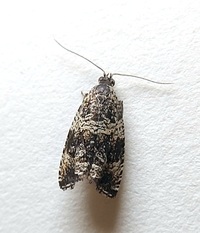
| Recorded by: Mark Basinger on 2025-06-12
Wilson Co.
Comment: | 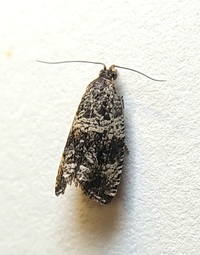
| Recorded by: Mark Basinger on 2025-06-12
Wilson Co.
Comment: |
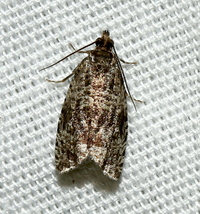
| Recorded by: David George, Jeff Niznik, Brian Bockhahn on 2025-05-09
Cumberland Co.
Comment: | 
| Recorded by: John Petranka and Sally Gewalt on 2025-04-29
Warren Co.
Comment: |
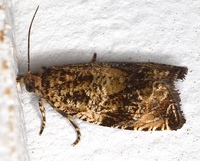
| Recorded by: Stephen Dunn on 2024-07-30
Orange Co.
Comment: | 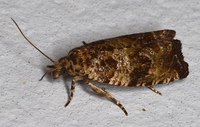
| Recorded by: Stephen Dunn on 2024-06-25
Orange Co.
Comment: |
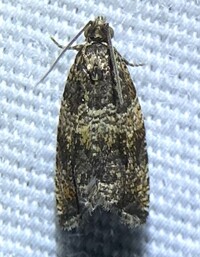
| Recorded by: Dean Furbish, Lior S. Carlson on 2024-06-25
Orange Co.
Comment: | 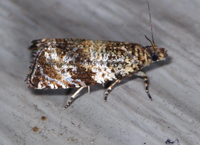
| Recorded by: Jim Petranka on 2024-06-16
Madison Co.
Comment: |
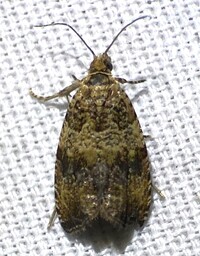
| Recorded by: Dean Furbish on 2024-06-12
Wake Co.
Comment: | 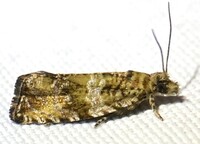
| Recorded by: Dean Furbish on 2024-06-11
Wake Co.
Comment: |
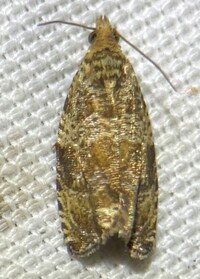
| Recorded by: Dean Furbish on 2024-06-07
Wake Co.
Comment: | 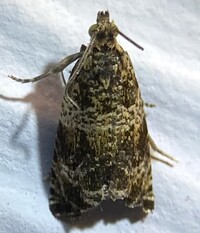
| Recorded by: Dean Furbish on 2024-06-03
Wake Co.
Comment: |
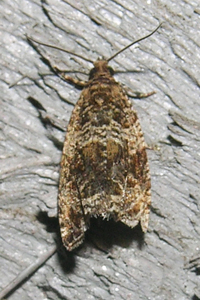
| Recorded by: Owen McConnell on 2024-05-23
Graham Co.
Comment: | 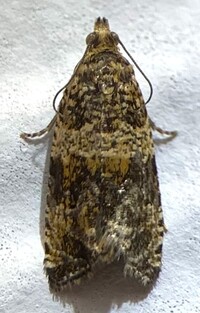
| Recorded by: Dean Furbish on 2024-05-15
Wake Co.
Comment: |
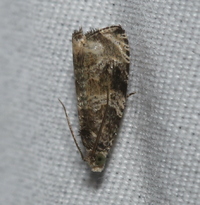
| Recorded by: David George, Rich Teper on 2024-05-13
Chatham Co.
Comment: | 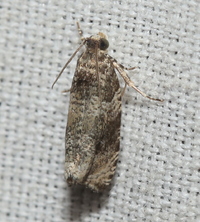
| Recorded by: David George, Rich Teper on 2024-05-13
Chatham Co.
Comment: |
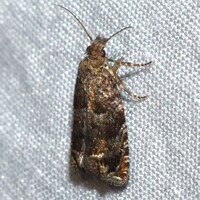
| Recorded by: David George, Stephen Dunn, Jeff Niznik on 2023-08-18
Caswell Co.
Comment: | 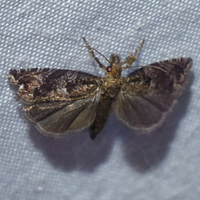
| Recorded by: David George, Stephen Dunn, Jeff Niznik on 2023-08-18
Caswell Co.
Comment: |
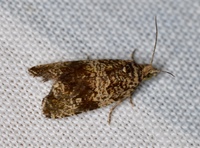
| Recorded by: David George, Stephen Dunn, Jeff Niznik on 2023-07-06
Orange Co.
Comment: | 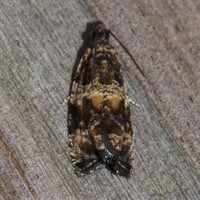
| Recorded by: David George, Stephen Dunn, Jeff Niznik on 2023-06-25
Orange Co.
Comment: |
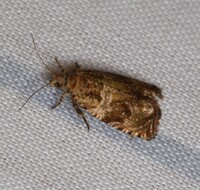
| Recorded by: Stephen Dunn on 2023-06-18
Orange Co.
Comment: | 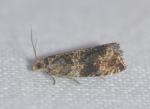
| Recorded by: K. Bischof on 2023-05-22
Transylvania Co.
Comment: |
|

 »
»